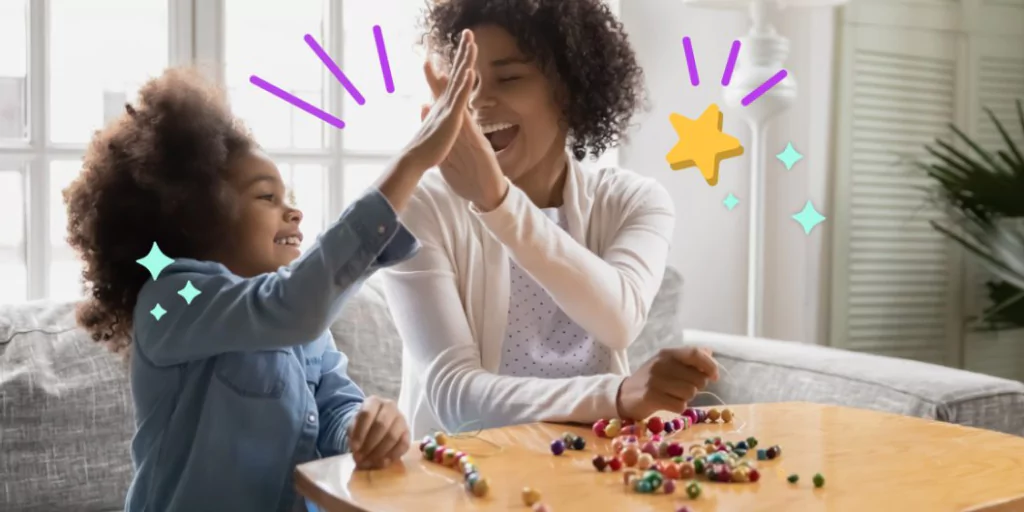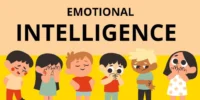Early childhood is more than just recreation; it is the most formative period of a child’s life. Between the ages of 0 and 8, children’s brains develop rapidly, making this the ideal period to inculcate beliefs, habits, and behaviours that will lead them throughout their lives. Early childhood education shapes a child’s academic, emotional, and social development.
Positive reinforcement is one of the most effective methods for educators and parents to utilize during this age. Children learn via motivation, gratitude, and love, rather than fear or punishment, when their excellent behaviour is encouraged and rewarded. In this blog, we’ll look at how integrating early education with positive reinforcement fosters a supportive and empowering environment for young students.
1. Early Childhood Care and Education
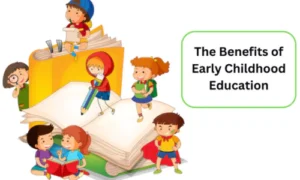
Early childhood is an important stage in a child’s development. From birth to the age of eight, children develop rapidly in cognitive, emotional, and social aspects. Early childhood care and education (ECCE) has a significant impact on a child’s future. It not only introduces essential academic concepts but also establishes the foundation for social behaviour, emotional management, and moral growth.
Children in this period are extremely impressionable. The way kids are fostered, trained, and disciplined has a lasting impact. That is why employing positive reinforcement as a primary method in early schooling is both effective and necessary.
2. What Is Positive Reinforcement?
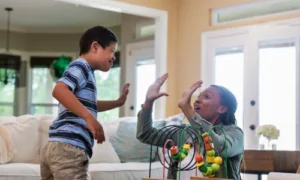
Positive reinforcement is the practice of encouraging desired behaviours by rewarding them. The rewards don’t always need to be material—they can be verbal praise, extra playtime, stickers, or even a simple smile or high-five. The goal is to increase the likelihood of a behaviour being repeated by making the child feel good about it.
Examples of positive reinforcement in early education include:
- Praising a child for sharing toys
- Giving a sticker for completing a task
- Clapping or cheering when a child helps a peer
- Allowing extra story time for good behaviour
3. Why Positive Reinforcement Works in Early Education
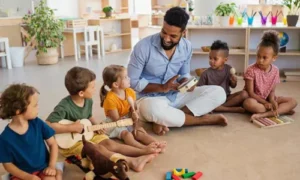
Young children are naturally eager to please and respond well to attention. When they receive positive feedback for their actions, they begin to understand which behaviours are encouraged. Unlike punishment, which may instil fear or confusion, positive reinforcement builds trust, confidence, and motivation.
Here’s why it’s so effective:
- Boosts self-esteem – Kids feel proud and capable when praised.
- Encourages good behaviour – Repetition of rewarded actions leads to habit formation.
- Creates a positive learning environment – Classrooms become happier and more cooperative.
- Improves teacher-child relationships – Mutual respect and understanding are fostered.
4. Practical Ways to Use Positive Reinforcement

Educators and caregivers can integrate positive reinforcement in the following ways:
- Be specific with praise – Instead of saying “Good job,” say, “Great job cleaning up your toys!”
- Use visual rewards – Star charts and sticker boards work well for young children.
- Celebrate efforts, not just results – Encourage persistence, not just perfection.
- Involve the group – Use group praise to build team spirit and peer encouragement.
- Stay consistent – Reinforce good behaviours regularly to create patterns.
The Long-term Impact
Children who grow up in circumstances that recognise and value positive behaviour are more likely to become self-assured and emotionally stable adults. They learn to make better decisions, address difficulties calmly, and communicate appropriately with others. These are talents that go beyond academics; they prepare students for long-term success.
Conclusion
Early childhood education paired with positive reinforcement is a potent combination. When we train young minds with encouragement rather than criticism, we develop not only good students but also kind, confident, and capable individuals. Educators, parents, and caregivers may all help shape this generation by engaging in simple, consistent acts of positive reinforcement.


